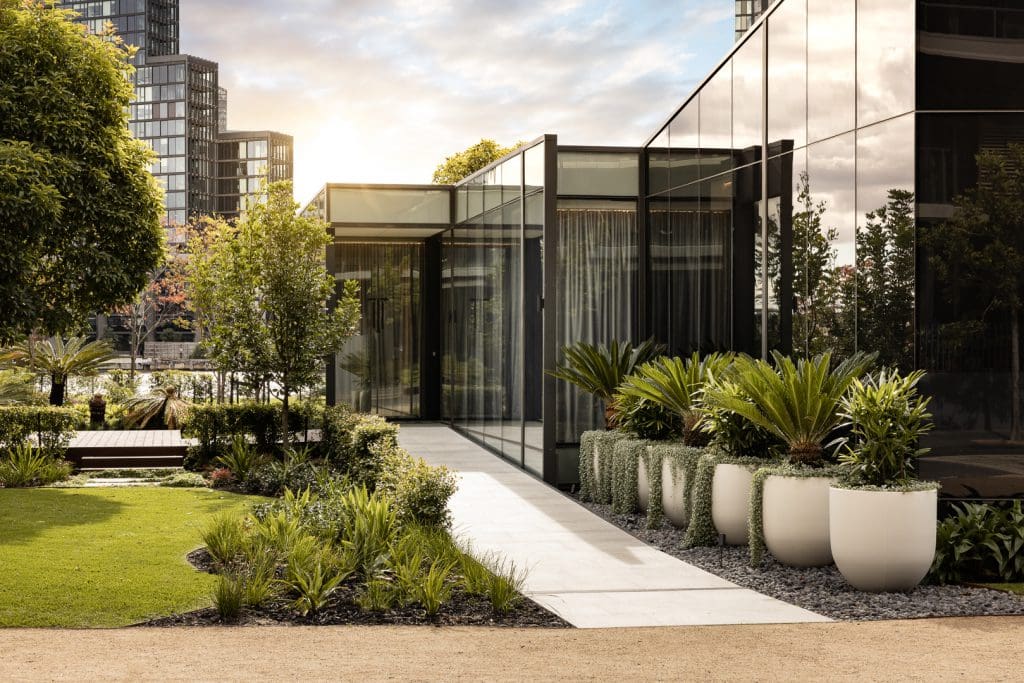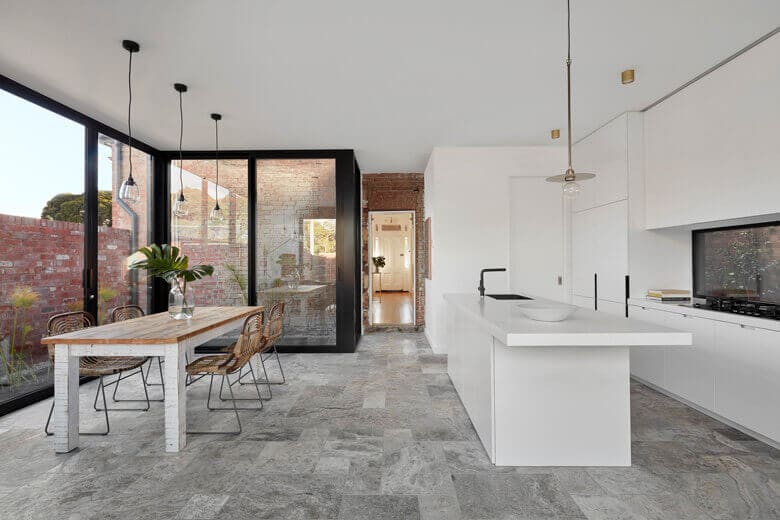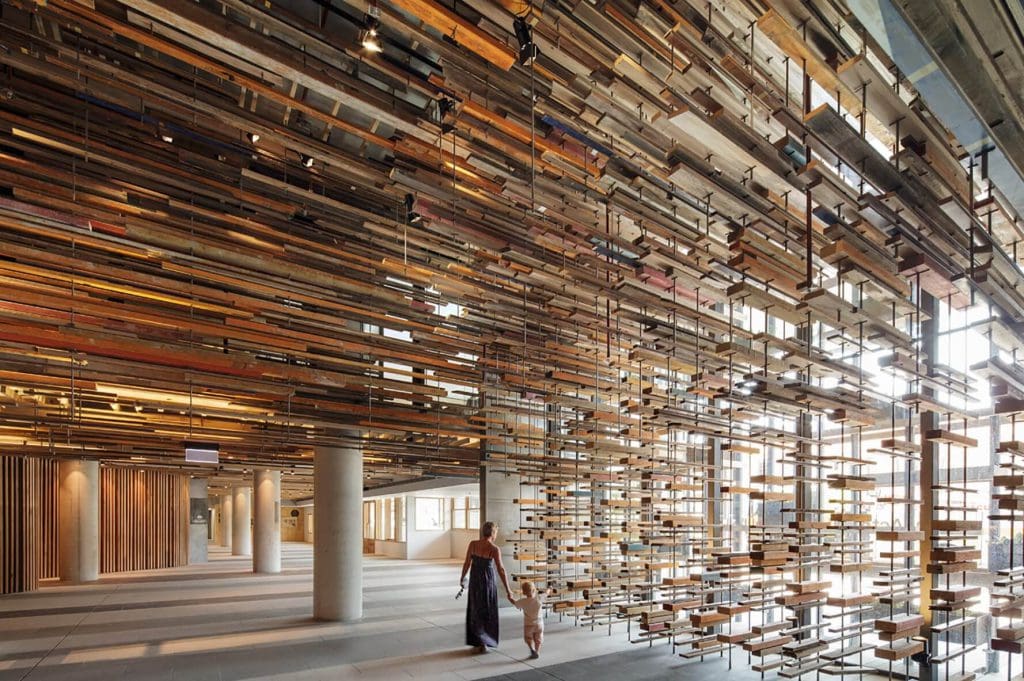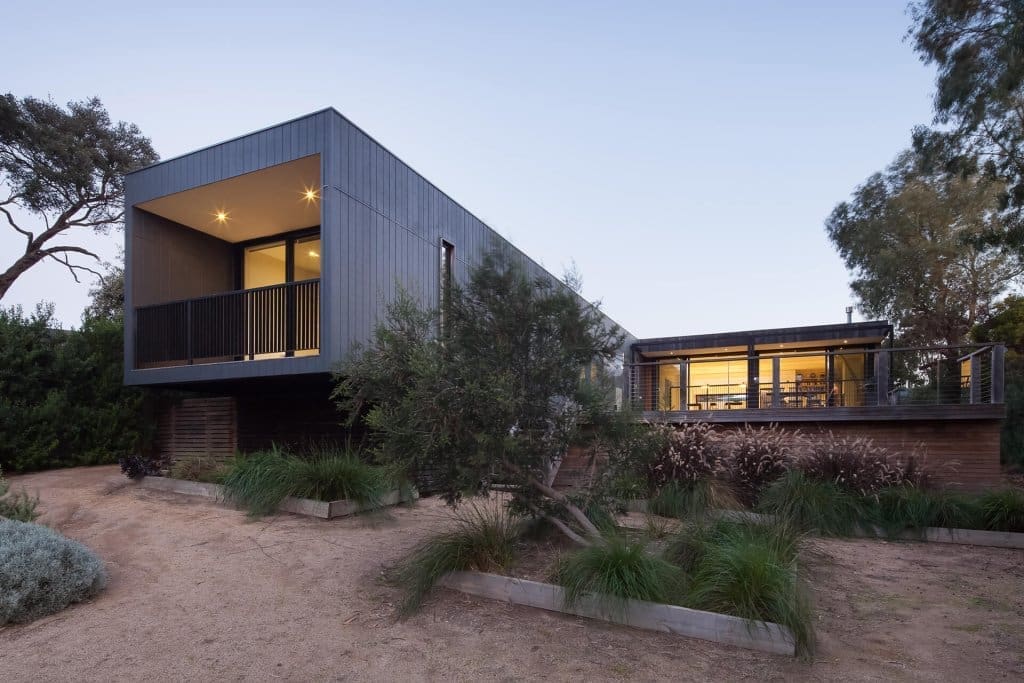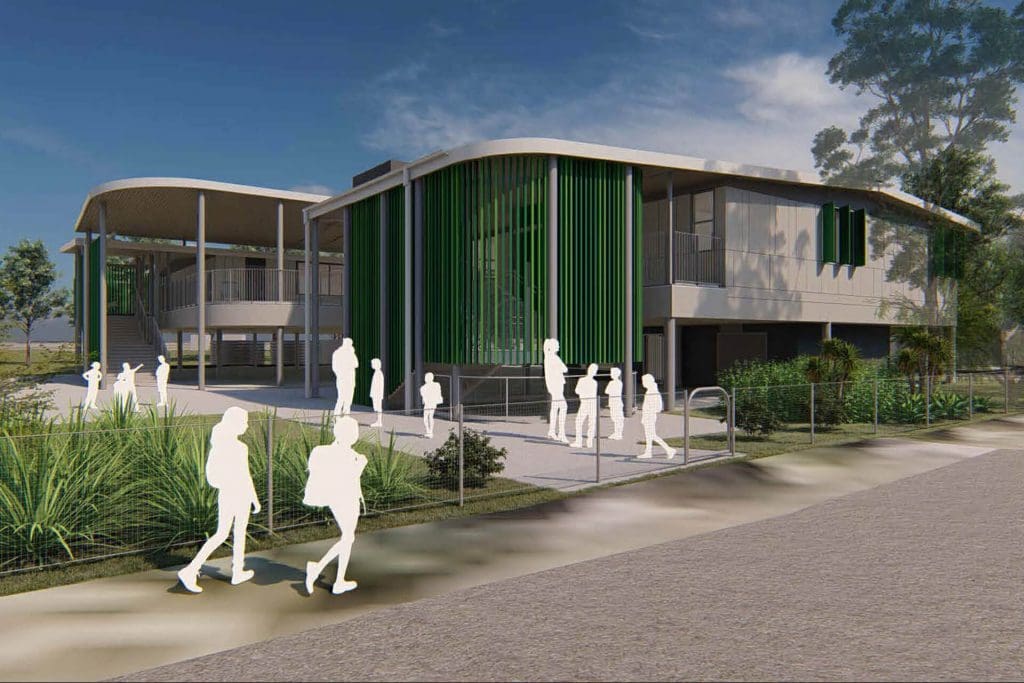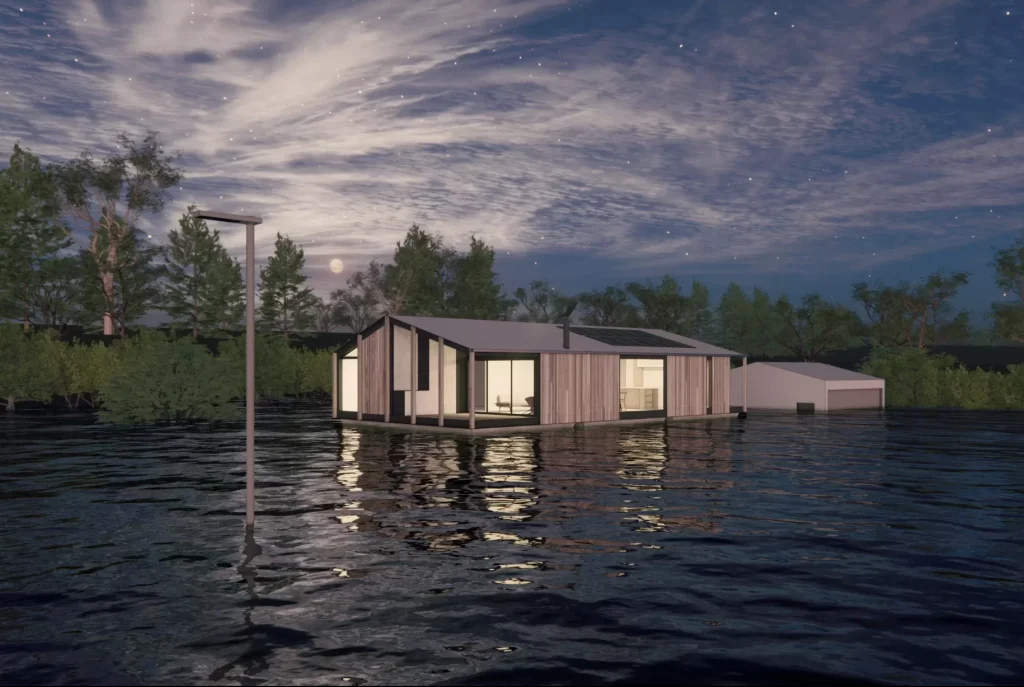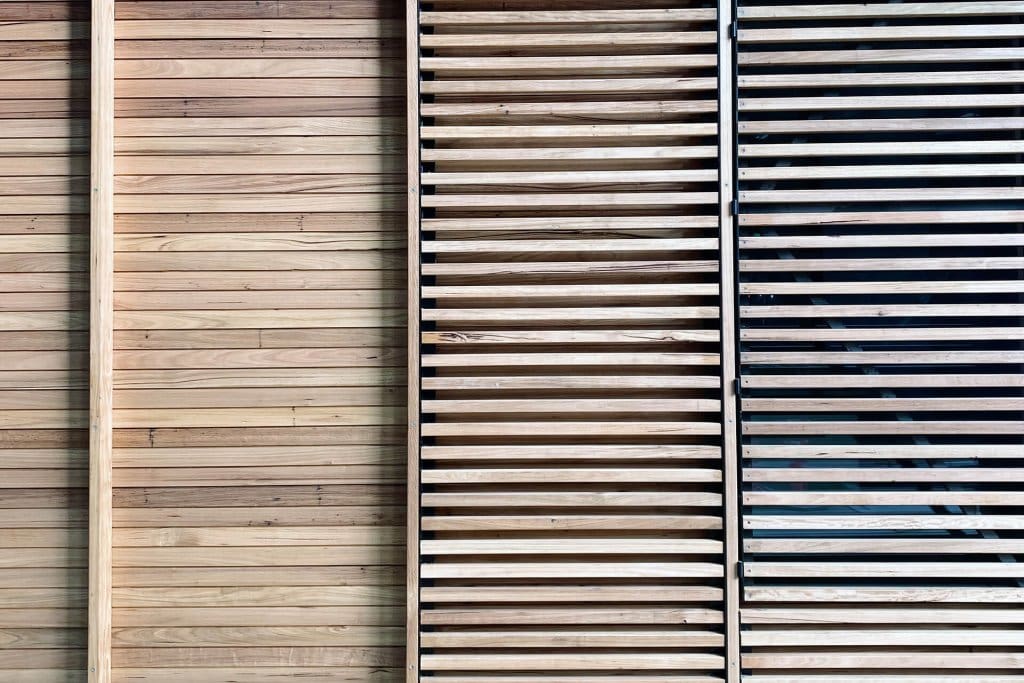
Meet The Expert: Angus Mckinnon, Architect
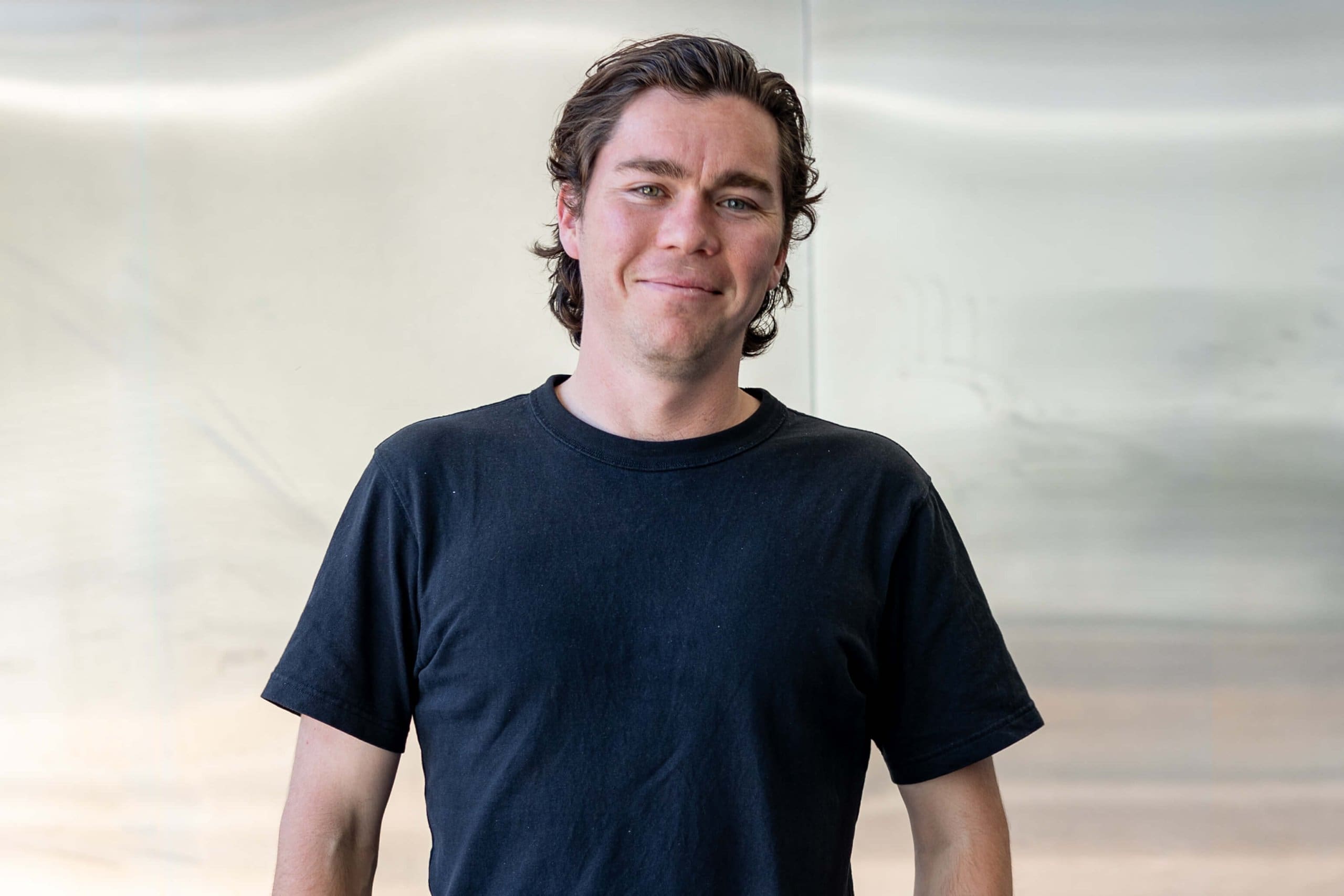
We caught up with Modscape architect Angus McKinnon to discuss mastering his craft, the impact of environmental factors on building practices, and the evolving landscape of sustainability in Australian housing.
Modscape (MOD): Hi Angus. Let’s start with your background and how you came to Modscape.
Angus (AM): I guess my professional background started while I was at uni, labouring for builders and tilers on the side. My mum’s a landscaper, so I had that trade knowledge from the beginning. I initially worked at a residential firm down in Geelong, doing homes along the surf coast – small alterations and additions. I then moved to Melbourne and spent a couple of years at an interior design firm, focusing on hospitality and retail spaces. Once I finished my masters, I picked up a job at Modscape and have been here ever since.
MOD: Doing commercial projects?
AM: Focusing on the residential side of things, which is definitely my preference. I think I always liked the human side, developing more intimate relationships with the client.
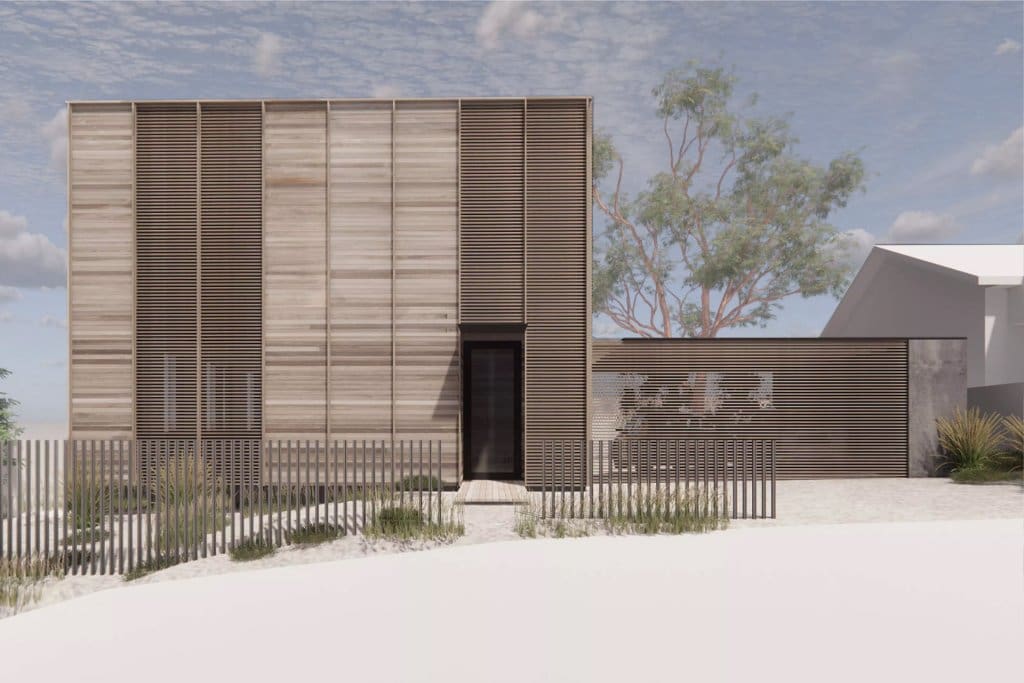
MOD: How do you approach your creative process?
AM: At the start, it’s about listening to the client. A good architect has to be a good listener, particularly for residential design.
MOD: What do clients typically want?
AM: That’s the thing — everyone’s different. It might be a spiral staircase or a bathtub with a view. Maybe it’s a master bedroom that frames a tree. I’m lucky to have worked on some beautiful sites.
MOD: So it’s about designing for context.
AM: Context is everything. Urban properties are all about the neighbourhood. There’s a lot of regulations when it comes to overshadowing and overlooking. Getting natural light into key living areas is always more challenging because you’re dictated by how and where the house is situated.
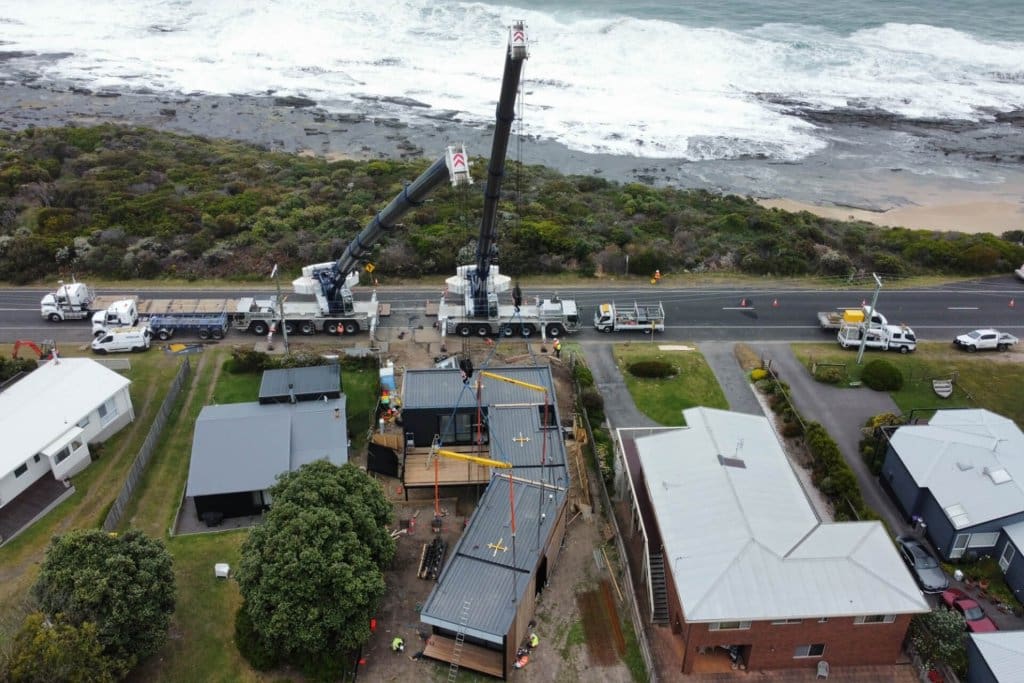
“For a lot of clients, building a home is the biggest financial decision of their life. Most people, if given the chance, only do it once.”
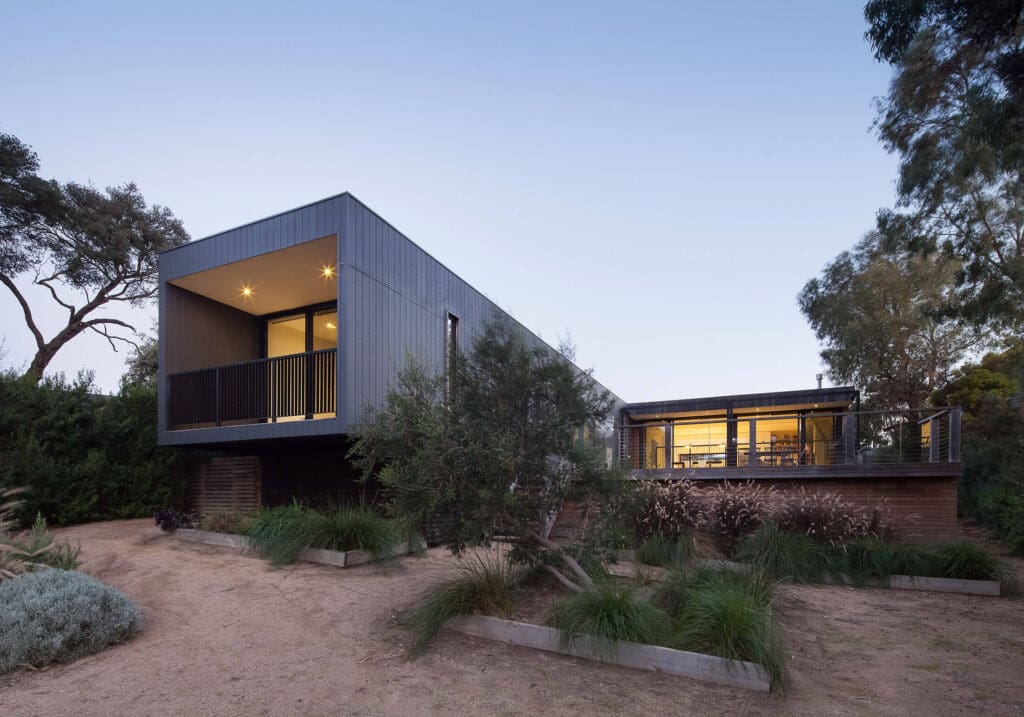
MOD: Do you get to design beach homes?
AM: Yes, absolutely. Down the southern coast of Victoria, we’ve got the complexity of south-facing views and north-facing sun.
MOD: How do you work around that?
AM: Different design forms, courtyards, highlight windows facing north, clerestory windows, that kind of thing. But then there’s heat loss through glazing, so you have to consider details like thermally broken windows. Using technology, science and the right building materials is critical for sustainable design.
MOD: In some ways you have unlimited constraints when designing for regional areas. Doesn’t that make it more challenging?
AM: The budget is always the limit.
MOD: Of course.
AM: For a lot of clients, building a home is the biggest financial decision of their life. Most people, if given the chance, only do it once.
MOD: So that’s part of the fun — translating their vision within budgetary constraints. What kind of considerations do you make when it comes to designing beach homes?
AM: Coastal environments, particularly in Victoria and New South Wales, have some pretty big waves. Which results in substantial salt spray that corrodes and kills a lot of materials. Steel in particular.
MOD: That’s surprising to me – steel feels sturdy.
AM: It loves to rust.
MOD: Right.
AM: It’s a great material, especially for cladding. But in those areas you need to upgrade to stainless or marine grade steel. Sometimes we opt for a different product, like fibre cement or timber.
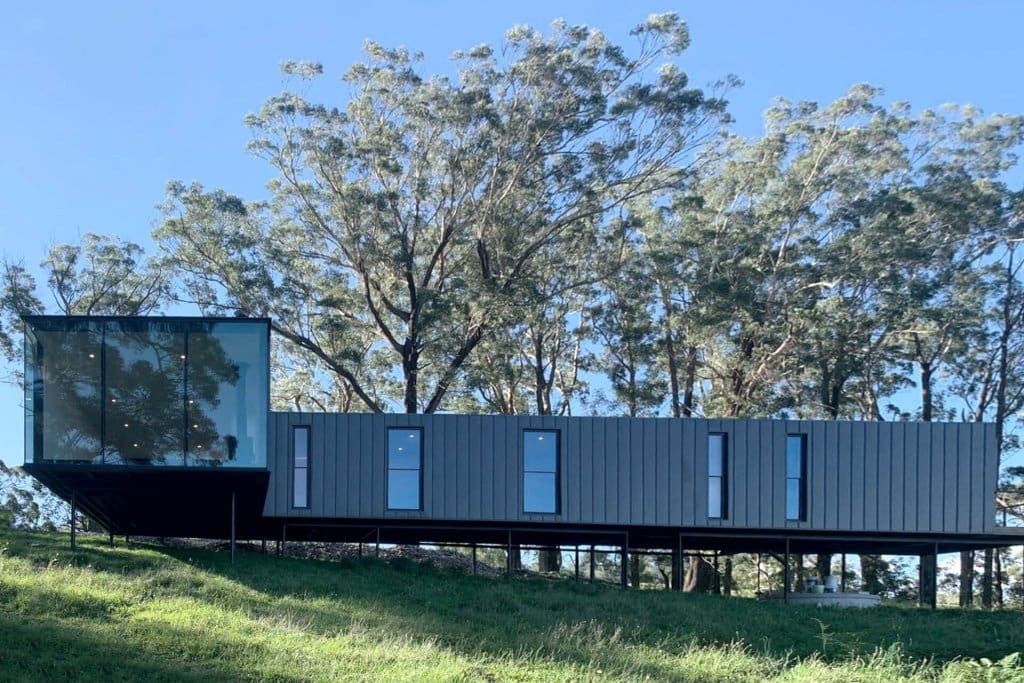
MOD: I guess timber is better for the environment?
AM: From an embodied carbon perspective, yes, but it’s complicated. Steel is recyclable, so that’s a good thing. But it’s very costly and energy-intensive to produce. Then again, if your energy is coming from renewable sources, then it can be offset.
MOD: How do you think sustainability is shaping the way we design?
AM: It comes back to the brief. You’d be hard-pressed to find a client who doesn’t care about sustainability, at least at Modscape. It’s part of our mantra. Instead of a tradie going to site for 12 months, driving an hour each day, bringing materials one by one – everything is built in a centralised location. One site visit, with a near-complete package.
MOD: What’s your favourite timber? Or is that like picking your favourite child?
AM: It ebbs and flows. I really like Ironbark – it’s a stable Aussie hardwood with beautiful tones. Great for harsh conditions.
MOD: Makes sense why natives do well in their natural habitat.
AM: Exactly. You need to be careful about which timbers you use for coastal homes. Local timber grows slowly so it’s quite hardy. Pine is great because it grows quickly, but as a result it’s less dense and therefore less stable when used externally. If you’re down in Lorne, for example, you need to be mindful of the cockatoos eating your house.
AM: It’s an extremely harsh environment because of the heat. There’s less corrosion, but you need to use a very dry product. Something stable that doesn’t warp and twist.
MOD: What project are you proudest of?
AM: That’s a tough one. If I had to pick one, I’d go with the Barwon Heads home. There’s alot of timber on that. Predominately Silvertop Ash with shiplap cladding set against vertical battens. It’s an efficient home on a tight block, yet still manages to get a north facing yard and a plunge pool.
MOD: Sounds like a good outcome. Any upcoming projects you’re excited about?
AM: One of the fortuitous things about being busy is that we get a lot of great projects on spectacular sites. The south coast of New South Wales is quickly becoming my favourite part of Australia.
MOD: One of the advantages of building offsite.
AM: Yes, it’s hard to find builders in remote areas. Plus construction is getting harder with extreme weather patterns, which is what draws people to Modscape. Ultimately it comes down to creating a beautiful, functional home.
Explore More
For more great reads, subscribe to our Design News in the footer below.

